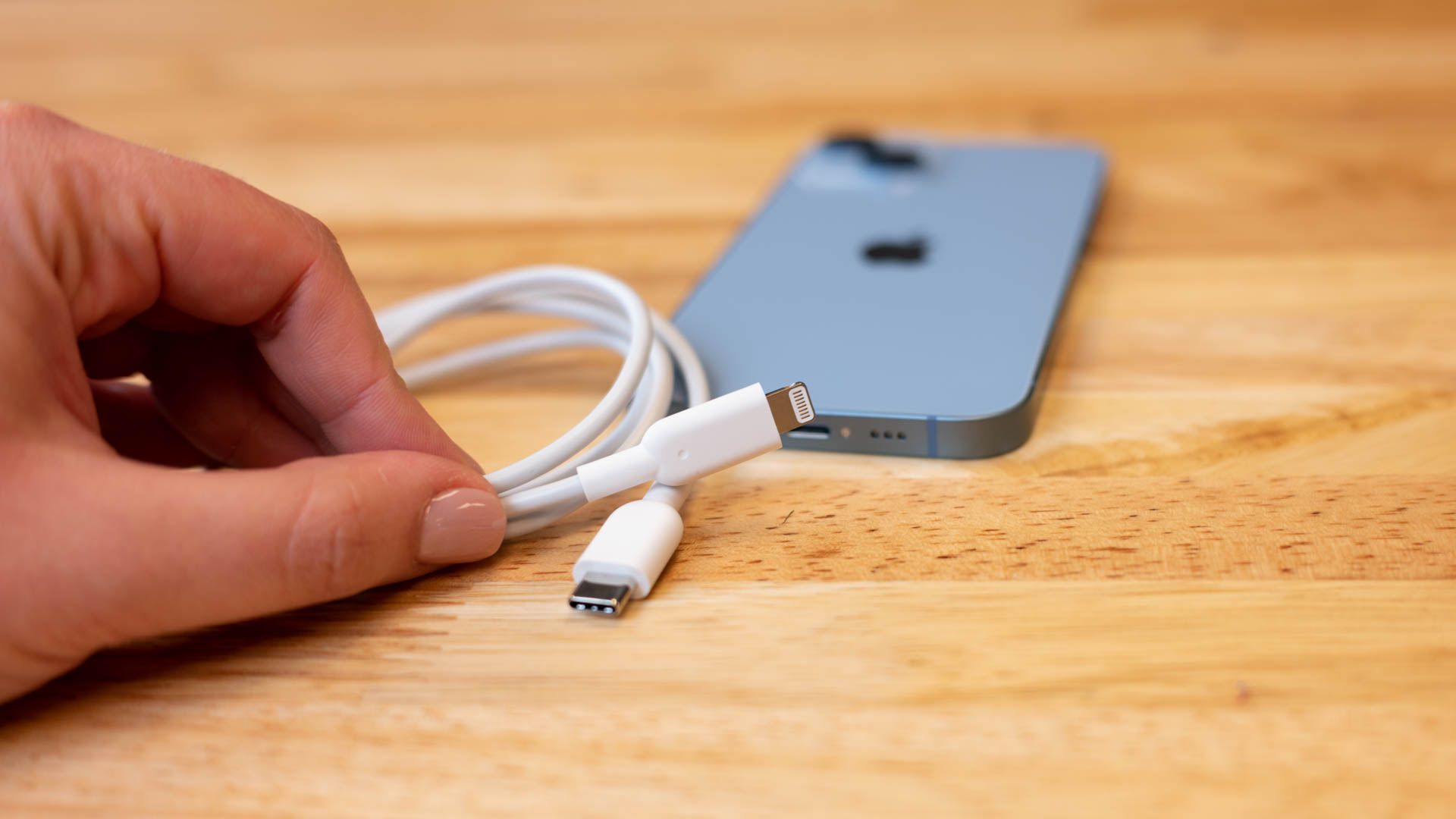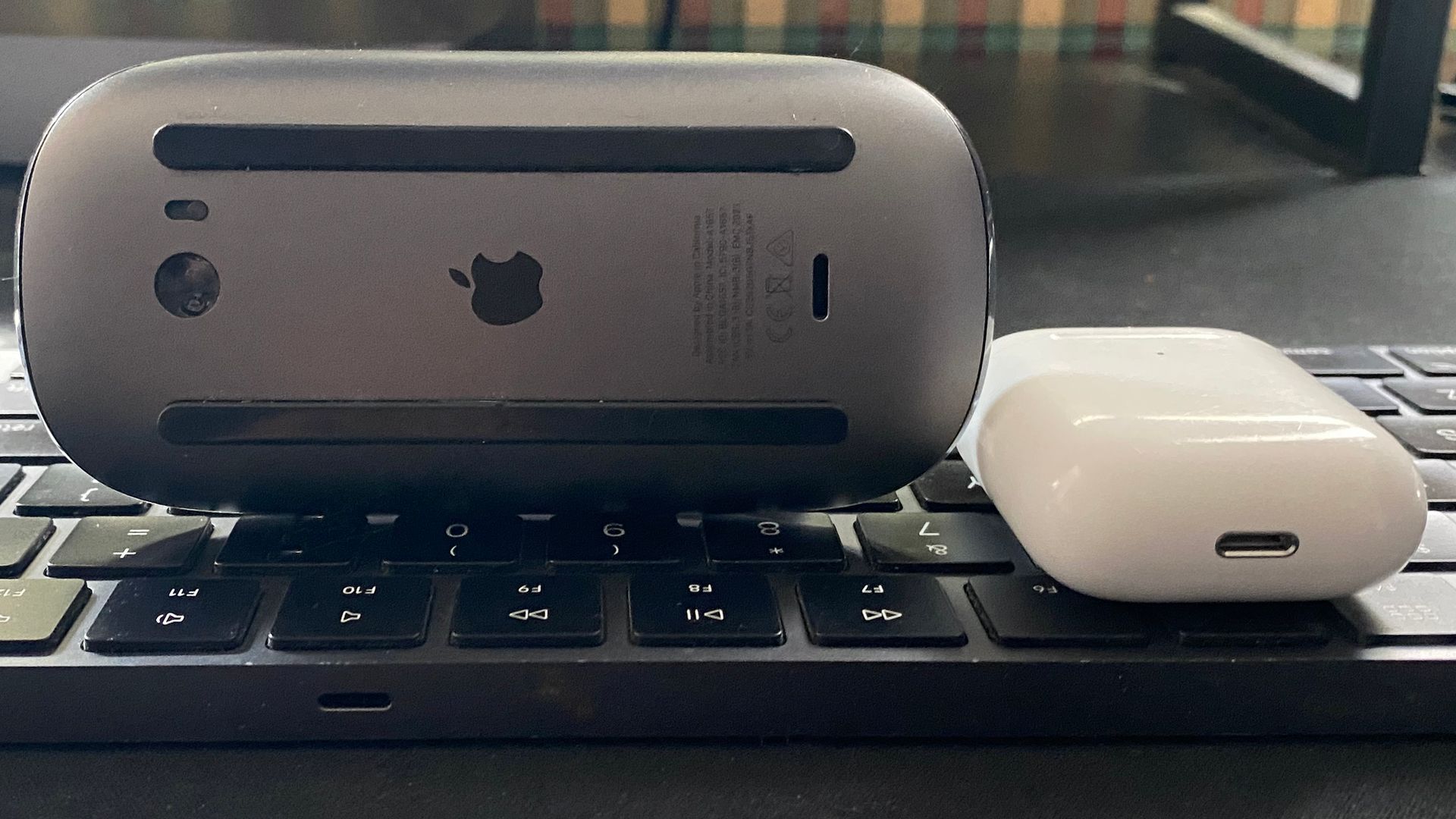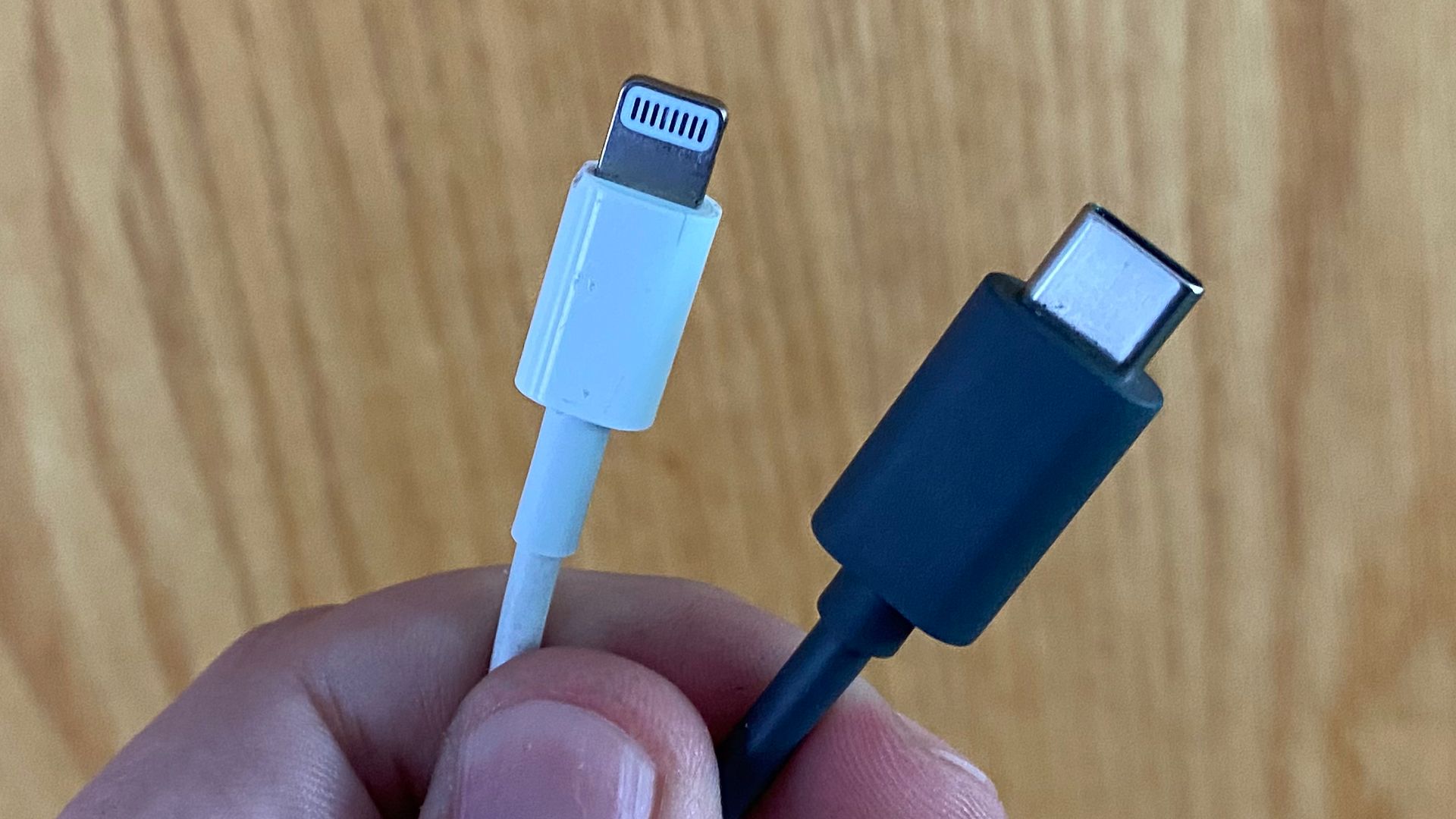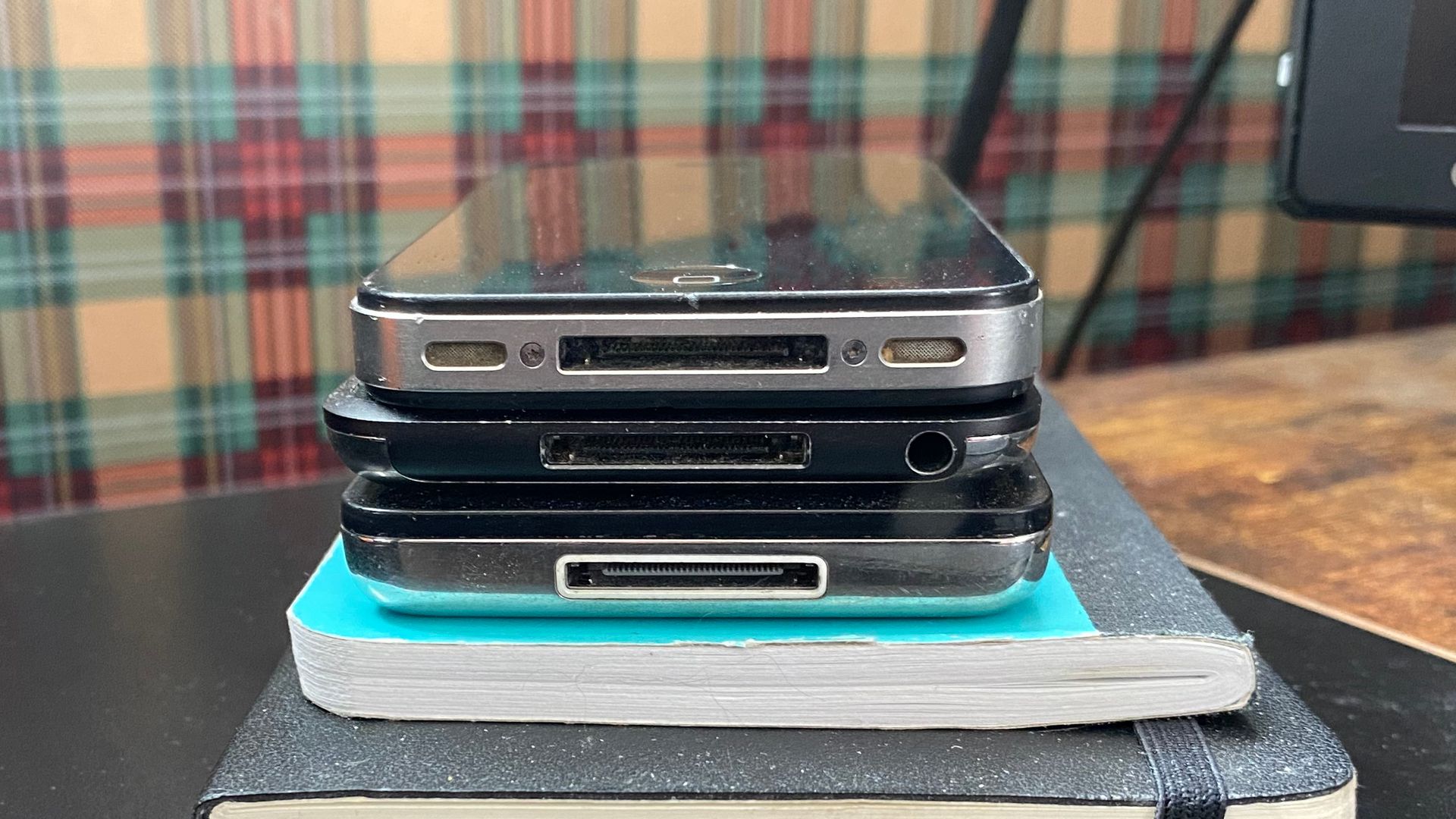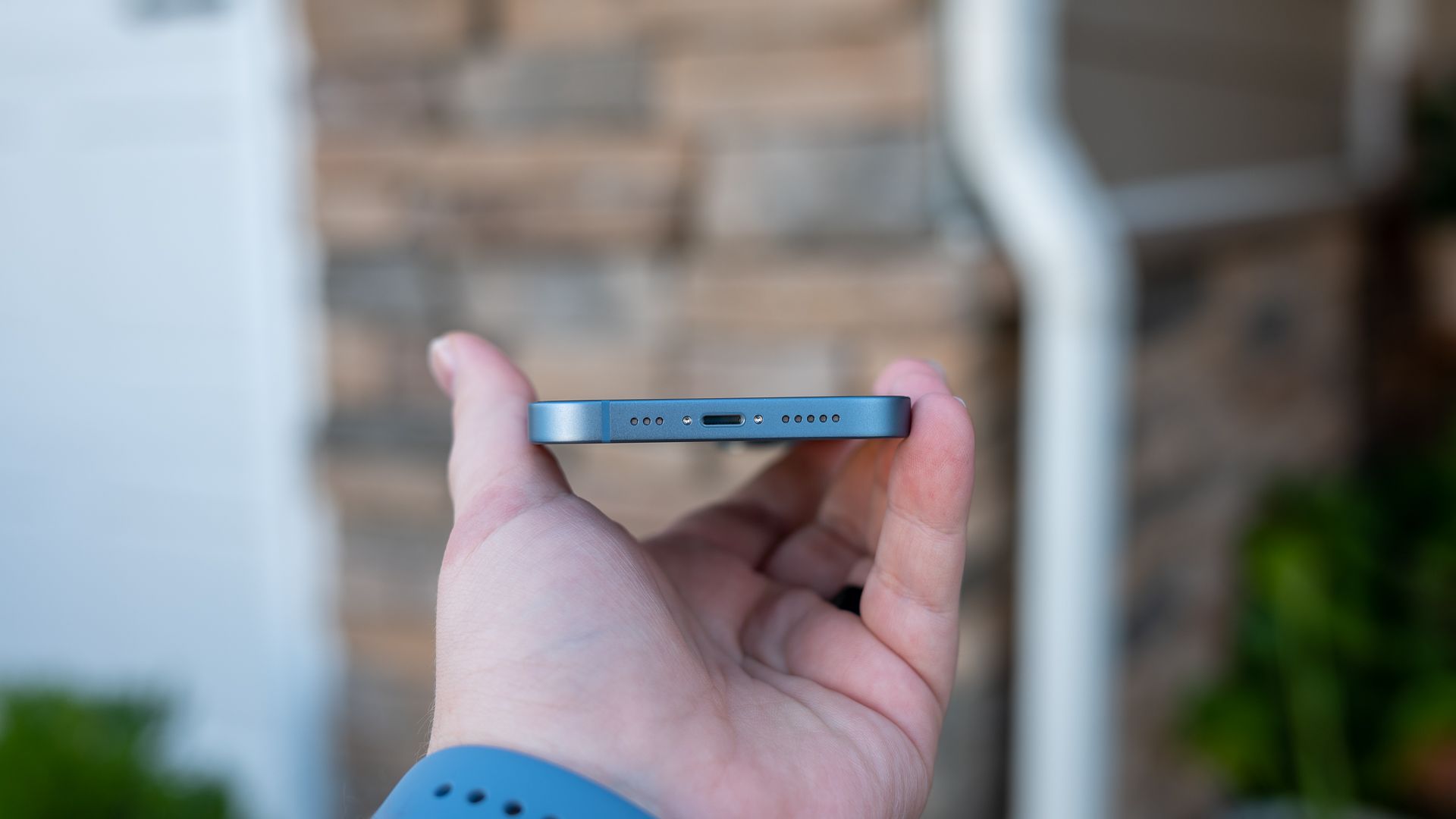Quick Links
Key Takeaways
I've built my personal tech echo system around Lightning and I'm not thrilled about having it disrupted.
I remember the day I brought home my first lightning cable. I had just upgraded my iPhone 4S to a 5S, and the new connector came in the box. I wasn't thrilled that I had to incorporate a new cable type into my life. But now that Lightning is on the way out, I must protest ... "Hey! I'm using that!"
Since introducing the Lightning standard, Apple has been in a near-constant battle over the connector. Most of the arguments against Lightning stem from the fact that Apple uses this proprietary technology to maintain control over its products (and profit through the MFi program). And there is some merit to those criticisms. But I don't think they rise to the level of forcing Apple to incorporate tech it doesn't want in its products.
However, the European Union disagrees with me. Last year, the EU passed "common charger" legislation that effectively forces Apple to make future versions of the iPhone and other electronics USB-C compatible. The legislation is ostensibly targeted at reducing e-waste and promoting customer convenience. However, it's actually going to cause a great deal of inconvenience and generate more e-waste in my life. And I don't even live in Europe!
Lightning Is an Entrenched Part of My Life
Back in 2014, almost all the mobile devices I used connected and charged via Apple's old 30-pin dock connector. I had an iPhone, iPod, and an iPad that I regularly used, with 30-pin cables scattered around my life so that they could remain charged throughout the day. I had 30-pin cables at home, in my vehicle, and at work. I even carried a 30-pin connector around in my backpack, so I could always charge up my phone and give other Apple users a charge when needed. When I upgraded to the iPhone 5S, it threw me off because I had one device that didn't fit with the rest of my tech life, and it was a genuine inconvenience for a while.
And it wasn't just that Lightning's introduction meant I had a black sheep device that wasn't as consistently well-charged as I generally like. It also meant the phasing out of some functionality I had come to rely on. Two years after I upgraded to the iPhone 5S, Apple ditched the headphone jack it in favor of Lighting-connected earbuds (and forced you to use an adapter for wired headphones). Combining the power and headphone ports into the Lightning jack meant that when I upgraded to the iPhone X, I couldn't charge my phone and listen to my headphones simultaneously (not without an adapter, at least). I was pretty annoyed by this at the time. I since upgraded to AirPods and wireless charging.
The transition away from Lightning will likely lead to a similar experience for me. In the decade that's passed since I had to give up on 30-pin, I've developed the same sort of tech routine with my devices that charge via Lightning. Not only do I have my iPhone, but I also have AirPods, a Magic Keyboard, and a Magic Mouse. And, like in 2014, I have Lightning cables placed throughout my life to keep all that stuff charged and ready to go. I spent a decent amount of time and money transitioning from 30-pin to Lightning, and I like what I've got going on now. I'm not in the mood for another transition.
Is It Really So Inconvenient?
I understand the case for making all phones have a standard charger. Many people have devices from multiple manufacturers, and keeping charging cables around for all of them can get cumbersome, messy, and inconvenient. There have been many times in my life when I wished for a specific type of charger, and it just happened to be the kind that wasn't around. That's why I place Lightning cables wherever I might need them.
It's worth mentioning that I also have USB-C cables in all the same places that I have Lightning. I don't find this to be a burden at all, as it means I can charge multiple devices wherever I am. If everything I owned charged via USB-C, I would have been far less likely to place multiple cables where I needed them. But I can see why some people would find it annoying.
However, I don't think that switching to USB-C will solve many of the connectivity issues that the supporters of the new EU regulation hope it will. Sure, you'll only need one charger in your car. But what about at your computer? Does everything you own connect via USB-C? Hardly. Multiple connectors like USB-A, HDMI, Micro USB (yes, it's still out there), and more are still popular, and the devices that use them still have a great deal of life left in them.
Forcing a uniform charging standard doesn't do anything to address the billions of devices already out there that don't use it. In fact, it hastens the obsolescence of these legacy devices, things people paid good money for and still want to use.
Apple Can't Stop Making Lightning Anyway
I should take some consolation, however, in the fact that my Lightning cables aren't going anywhere, at least for now. As entrenched as Lightning is in my life, millions of more people out there will continue using the standard no matter what. We don't have a choice. The vast majority of the products we use on a regular basis charge via Lightning, so even if Apple wanted to abandon the standard immediately, it couldn't.
But, just like 30-pin devices, the phasing out of Lightning means that existing iPhones, AirPods, keyboards, mice, and several other products are on a fixed timer for obsolescence. It means an early death for many devices that could have gone on years longer, absent a compelled upgrade on the marketplace.
As I write this, I'm looking at a stack of old Apple devices on my desk: an iPhone 4S, a 1st Generation iPod Touch, and an iPod Classic. Plus, there's an iPad 2 sitting on the bookshelf behind me. All of which I regularly used before the introduction of Lightning. Now, they're a decoration. They still work. I still turn them on occasionally when I feel like digging out a 30-pin connector. But I never use them. Who knows if they might still be useful if I hadn't tucked away my 30-pin charging cables when I upgraded to the iPhone 5S?
I Know I Don't Have to Upgrade
It's likely (almost certain) that we'll see the USB-C connector replace Lightning this October in the iPhone 15. Apple has already signaled that it intends to comply with the European Union's common charger mandate. And it seems unlikely (though possible) that Apple will manufacture one iPhone for Europe with USB-C and another for the rest of the world with Lightning. So, I'm preparing myself for an unscheduled forced-upgrade march.
I suspect, however, that Apple won't just say, "ok, USB-C for everybody; use whatever USB-C cable you want." The company is expected to hide certain USB-C functionality, such as high-speed charging, behind its MFi certification program. You may need to buy "iPhone-certified" USB-C cables to get the most from your iPhone 15---another generation of Apple connectors for me to phase in and out of my life.
But do I have to? Not yet. All my Lightning devices still have several years of life left in them. And the (likely) last iPhone to use Lightning, iPhone 14, will still be on sale for a few years to come. So, I don't need to begin the transition just yet. If I were to freeze tech time right now, I could likely go five years before completely phasing Lighting out of my routine. The question, for me, comes down to how long I want to keep my current tech habits going and if upgrading to the iPhone 15 will be worth starting that transition now.

